
Mary Durbin, PhD, Chief Scientific Officer at Heru, discusses the benefits and capabilities of the various testing modalities available in 1 wearable platform.

Mary Durbin, PhD, Chief Scientific Officer at Heru, discusses the benefits and capabilities of the various testing modalities available in 1 wearable platform.

The company’s iLink therapy for the treatment of keratoconus consists of novel single-use drug formulations that are bio-activated by proprietary systems through the delivery of ultraviolet light to the cornea to induce corneal cross-linking designed to strengthen, stabilize and reshape the cornea.
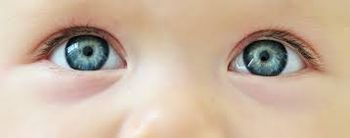
Carol L. Shields, MD, and a group of colleagues conducted a retrospective case series to evaluate the likelihood of germline retinoblastoma in children with solitary unilateral retinoblastoma.

Lisa M. Nijm, MD, JD, previews the program for this April 2 virtual event designed to help young ophthalmologists learn everything they need to know when starting practice.

Ultrasonic retinal prosthesis has been achieved by a research group at UCLA. It is a step towards a non-invasive retinal prosthesis that works without invasive eye surgery.

Kathryn A. Colby, MD, PhD, discusses Fuchs’ dystrophy symptoms and treatment options as well as the underlying concept of Descemet stripping only surgery and her role in pioneering this technique.

Equally important is that any symptoms of ocular allergies should be addressed to reduce the frequency of eye rubbing.
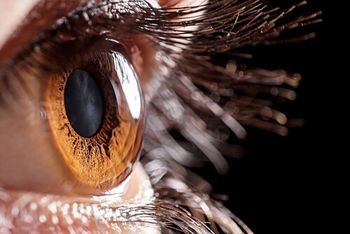
According to Claudia Perez-Straziota, MD, persistent epithelial defects do not have to live up to their name—they can be healed.
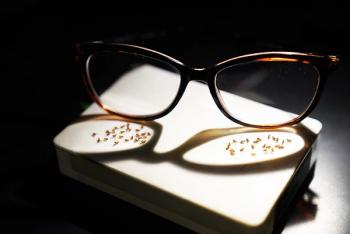
Investigators studying old flies have gained some new insight into retinal degeneration, seeking an understanding "of the molecular mechanisms that drive age-associated changes and the external and internal factors that influence them.”

Trial recruitment is enabled by the Foundation Fighting Blindness' patient registry, My Retina Tracker Registry, which includes gene
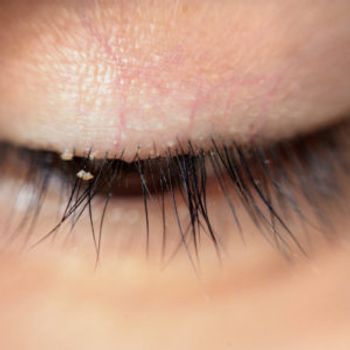
Demodex blepharitis is a virtual epidemic in the US; an estimated 20 million people have blepharitis, and of that population, almost half have Demodex. A new therapeutic is the sole treatment option that targets the disease.

Rich Small, CEO of Neurotech, provides updates on the company’s pipeline that is the culmination of nearly 2 decades of research.
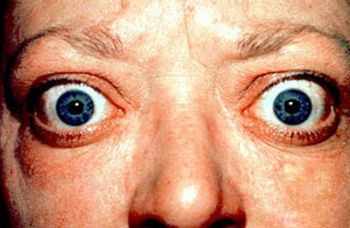
Traditional thyroid eye disease therapies with their sometime limited success are making way for new drugs with the potential to provide sustained benefits for patients, according to Erin Shriver, MD.

Christina Y. Weng, MD, MBA, an associate professor of ophthalmology and surgical retina fellowship program director at Baylor College of Medicine in Houston, recently shared some standout therapies for macular degeneration.

The companies note that the partnership will propel Ray Therapeutics’ lead optogenetics gene therapy to Phase 1-2 clinical trials.

The eye care nonprofit has continually harnessed the power of innovation to reach new heights in the fight against avoidable blindness.
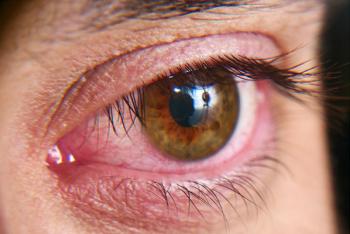

The group is offering free sight-savings resources to employees and their employers.

According to the U.S. Department of Health and Human Services, nearly $19 billion in total aid has been distributed to providers since November.

The company expects to have topline proof of concept data by the end of the first quarter of the year.

Aleksandra Rachitskaya, MD, discusses how the treatment landscape for inherited retinal diseases has changed and her hope for the future.

Investigators conducted a study of the ocular findings in infants with congenital Zika virus syndrome that showed the findings were similar and occurred frequently among the affected infants.

Study investigators compared 2 novel lens designs using data obtained from 19 investigational sites in Australia, Canada, Spain, and the UK

Utilizing new technology, surgeons can be 20 to 40 times more precise.

Proper measurement of the eye is key to predicting lens strength.